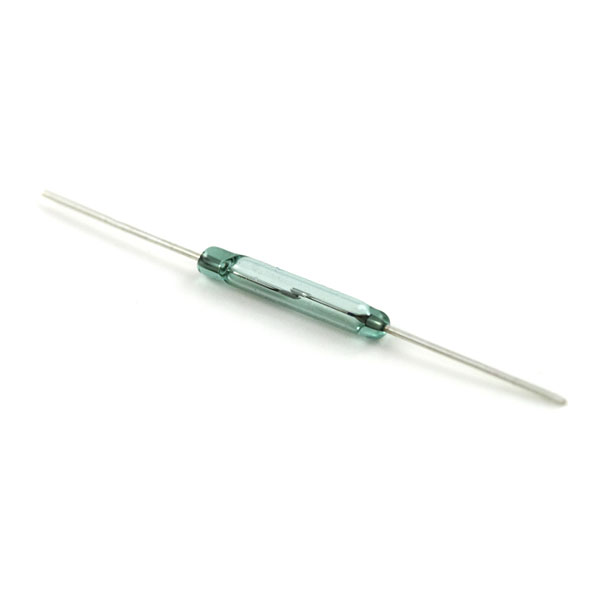By now some of you might know that I'm a huge fan of Omron's B2H switch Chyros showed in his video (https://www.youtube.com/watch?v=q4Gvj_2TZOI&t=144s). Over the last year I tried finding these switches myself - However, having contacted almost all major Omron HQ around the world multiple times and having dug through dozens of Japanese Google Book files together with Beardsmore, I have to admit that I greatly underestimated the hustle of locating a 40+ year old product. So a few months ago I decided to deal with my frustration by thinking of a way to bring this ingenious old switch mechanism back into the modern keyboard world.
The "how":
Here's what I came up with so far.
The 3D CAD model:
And the first prototypes (huge thanks to Andreas for printing these first versions and to the entire Matt3o discord server. You guys helped a lot
First sound test:
https://youtube.com/shorts/FmeM5_U31jc?feature=share
https://youtube.com/shorts/0Wnihkx0xhE?feature=share
As you can see it's really just a very early proof of concept and there is a lot of stuff to fix. But it works! Kinda at least.. For now I have to use pliers because the magnets I ordered are a bit too much for the weak cherry mx red spring to handle


